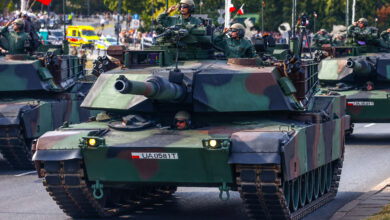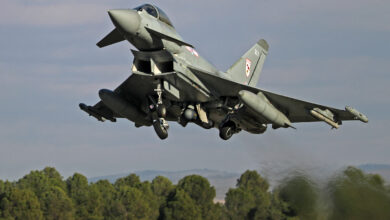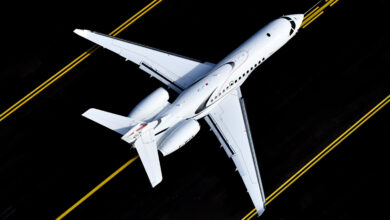General Atomics has offered a modified version of the MQ-1C Gray Eagle drone as a potential alternative to the US Army’s Future Attack Reconnaissance Aircraft FARA).
The move comes after the service stated it would not continue the program despite already spending more than $2 billion, leaving a gap in its armed reconnaissance capabilities.
Although it remains unclear if the army will launch another competition, General Atomics is already floating the option of a short takeoff and landing (STOL) version of its Gray Eagle drone.
“We’re trying to jump into that [opportunity],” company official Dave Alexander told Breaking Defense.
If selected, the modified MQ-1C would help the US Army carry out armed scout missions, considering that the drone can carry up to four Hellfire air-to-surface missiles.
About the Gray Eagle
General Atomics describes the Gray Eagle as an “innovative” and “technologically advanced” derivative of the MQ-9 Predator drone.
It boasts a flight endurance of 25 hours and a speed of 167 knots (309 kilometers/192 miles per hour).
The cutting-edge platform can carry multiple payloads, including electro-optical/infrared systems, synthetic aperture radar, and communications relay.
It also has a triple-redundant avionics system architecture, increasing its airworthiness and mission-readiness.
‘Change in Priorities’
General Atomics’ decision to offer its MQ-1C drone as a potential FARA alternative comes after the US Army said a “change in priorities” was the main reason behind the program cancellation.
Recognizing that the country “could go to war tonight,” the service announced it would opt to invest more in new uncrewed systems, which are safer and less expensive.
“We are learning from the battlefield – especially Ukraine – that aerial reconnaissance has fundamentally changed. Sensors and weapons mounted on a variety of unmanned systems … are more ubiquitous, further reaching and more inexpensive,” Army Chief Gen. Randy George said.












